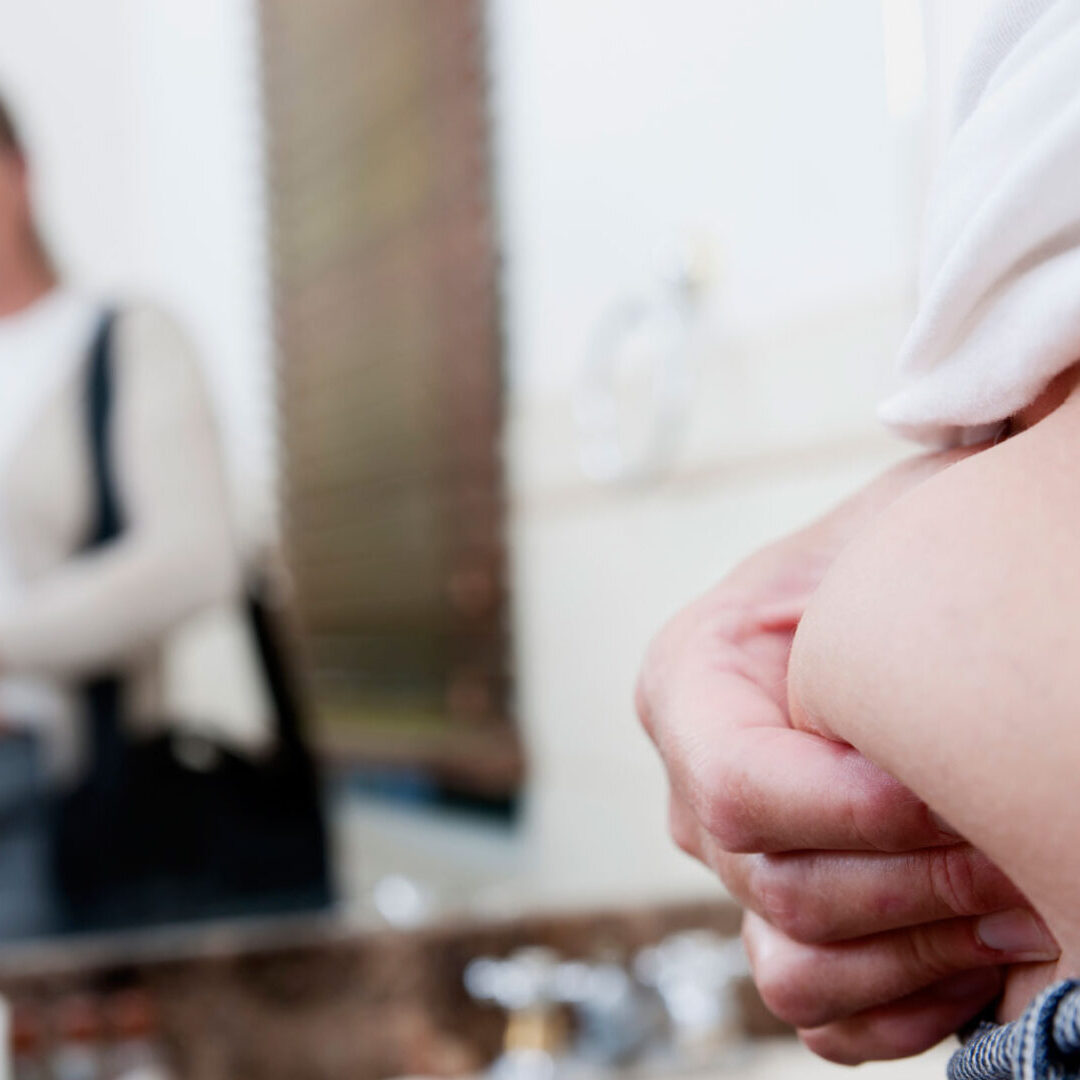Insulin is a hormone made by the pancreas that helps regulate blood glucose levels and allows the muscle, fat, and liver cells to properly absorb the circulating glucose to be stored or used as energy (NIDDK, 2020). Insulin resistance occurs when one cannot properly absorb the circulating glucose to be used. When this happens, the pancreas continues to produce insulin to try to help glucose into the cells, but, due to the weakened response of the cells to allow this, hyperglycemia tends to result (Ehrman et al., 2013). Conversely, insulin sensitivity is when one is sensitive to the glucose ingested or produced by the liver and can effectively use or store the glucose in the muscle, fat, or liver cells instead of allowing it to continue circulating in the blood – thereby reducing blood glucose levels. So how can resistance training help?
Resistance training has many benefits and has recently been shown to lower the risk of developing type 2 diabetes and cardiovascular disease – both of which are linked to insulin resistance or low insulin sensitivity. Research by Shiroma et al., (2017) studied the effects of resistance training on nearly 36,000 healthy women and found that those who participated in resistance training had a 30% lower risk of developing type 2 diabetes and a 17% lower risk of developing cardiovascular disease! Furthermore, a combination of resistance and aerobic training had even higher risk reductions compared to only aerobic exercise (Shiroma et al., 2017).
Regular physical activity is thought to increase insulin sensitivity through “changes in body composition, muscle mass, fat oxidation, capillary density, and glucose transporters in muscle (GLUT4)” (Ehrman et al., 2013). Ibañez et al., (2005) studied the effects of resistance training in older men with diabetes. Using a combination of heavy resistance and “explosive” strength training in a progressive, 45-60 minute, twice-weekly training model for 16 weeks, it was found that abdominal fat decreased by ~10%, insulin sensitivity increased by ~46%, and fasting blood glucose decreased by ~7% despite no variations in body mass and a caloric intake increase by ~15% (Ibañez et al., 2005). Intra-abdominal or visceral fat is highly correlative with insulin resistance, so a reduction through exercise “results in preferential mobilization of visceral body fat, likely contributing to the metabolic improvements” (Ehrman et al., 2013).
Another article by Shaibi et al., (2006) studied high-risk pediatric patients in a similar resistance training model and found insulin sensitivity was improved through upregulation of insulin receptor proteins such as protein kinase B, glycogen synthase, and the glucose transporter: GLUT4. Researchers Ryu et al., (2014) also studied the protein APPL1 and found that this is important in regulating insulin sensitivity, and researchers Kido et al., (2018) found that this protein is activated through resistance training exercise. Furthermore, an increase in muscle mass through resistance training is thought to improve insulin sensitivity by myostatin (GDF8) inhibition which has been found to be beneficial in the management of those with type 2 diabetes and other metabolic diseases (Camporez et al., 2016).
Therefore, increasing insulin sensitivity can be done through resistance training by decreasing visceral fat, increasing the uptake of insulin receptor proteins with a specific one (APPL1) being directly linked to regulating insulin sensitivity, and through myostatin inhibition. While greater benefits result from a combination of resistance and aerobic training, if one has a specific goal and/or was advised to increase insulin sensitivity, resistance training would be a superior mode of exercise if only one is desired.
References
Camporez, J. P., Petersen, M. C., Abudukadier, A., Moreira, G. V., Jurczak, M. J., Friedman, G., Haqq, C. M., Petersen, K. F., & Shulman, G. I. (2016). Anti-myostatin antibody increases muscle mass and strength and improves insulin sensitivity in old mice. Proceedings of the National Academy of Sciences of the United States of America, 113(8), 2212–2217. https://doi.org/10.1073/pnas.1525795113
Ehrman, Gordon, Visich, & Keteyian. (2013). Clinical Exercise Physiology. Human Kinetics.
Ibañez, J., Izquierdo, M., Argüelles, I., Forga, L., Larrión, J. L., García-Unciti, M., Idoate, F., & Gorostiaga, E. M. (2005). Twice-weekly progressive resistance training decreases abdominal fat and improves insulin sensitivity in older men with type 2 diabetes. Diabetes care, 28(3), 662–667. https://doi.org/10.2337/diacare.28.3.662
Kido, K., Ato, S., Yokokawa, T., Sato, K., & Fujita, S. (2018). Resistance training recovers attenuated APPL1 expression and improves insulin-induced Akt signal activation in skeletal muscle of type 2 diabetic rats. American journal of physiology. Endocrinology and metabolism, 314(6), E564–E571. https://doi.org/10.1152/ajpendo.00362.2017
National Institute of Diabetes and Digestive and Kidney Diseases. (2020). Insulin Resistance and Prediabetes. Retrieved from: https://www.niddk.nih.gov/health-information/diabetes/overview/what-is-diabetes/prediabetes-insulin-resistance
Ryu, J., Galan, A. K., Xin, X., Dong, F., Abdul-Ghani, M. A., Zhou, L., Wang, C., Li, C., Holmes, B. M., Sloane, L. B., Austad, S. N., Guo, S., Musi, N., DeFronzo, R. A., Deng, C., White, M. F., Liu, F., & Dong, L. Q. (2014). APPL1 potentiates insulin sensitivity by facilitating the binding of IRS1/2 to the insulin receptor. Cell reports, 7(4), 1227–1238. https://doi.org/10.1016/j.celrep.2014.04.006
Shaibi, G. Q., Cruz, M. L., Ball, G. D., Weigensberg, M. J., Salem, G. J., Crespo, N. C., & Goran, M. I. (2006). Effects of resistance training on insulin sensitivity in overweight Latino adolescent males. Medicine and science in sports and exercise, 38(7), 1208–1215. https://doi.org/10.1249/01.mss.0000227304.88406.0f
Shiroma, E. J., Cook, N. R., Manson, J. E., Moorthy, M. V., Buring, J. E., Rimm, E. B., & Lee, I. M. (2017). Strength Training and the Risk of Type 2 Diabetes and Cardiovascular Disease. Medicine and science in sports and exercise, 49(1), 40–46. https://doi.org/10.1249/MSS.0000000000001063

